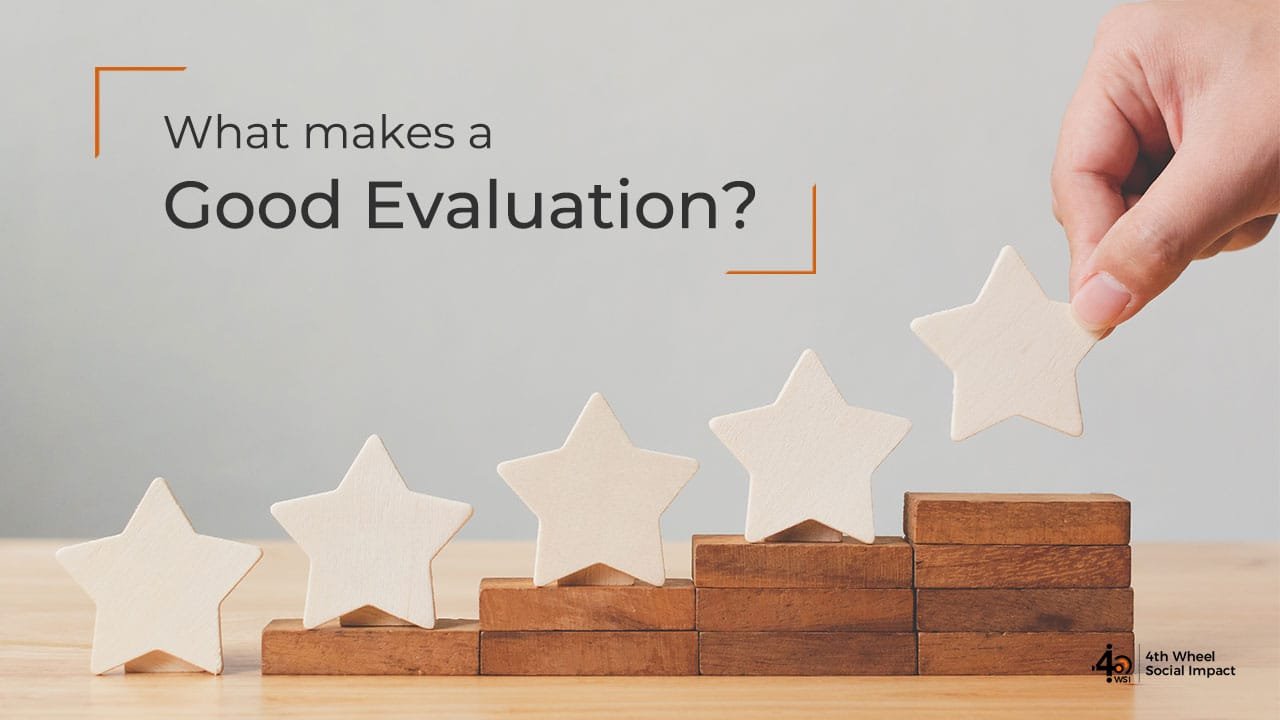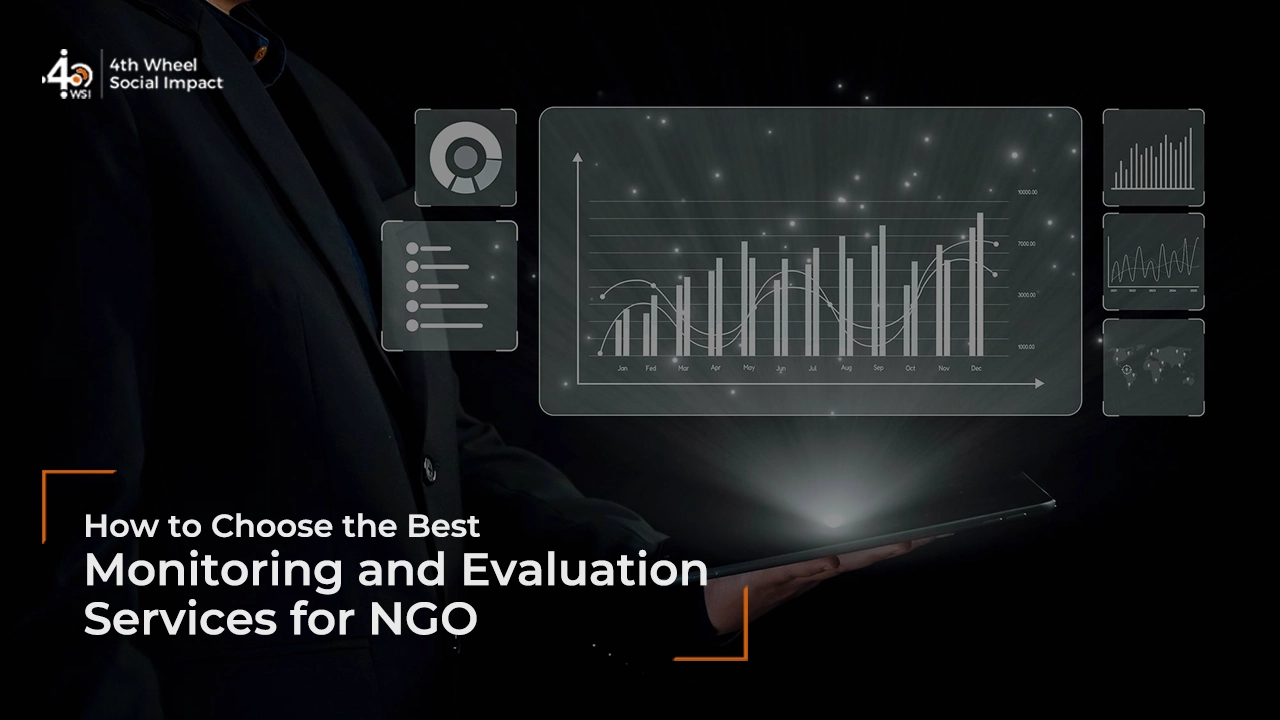Effective Evaluation makes or breaks a program or project undertaken by an organisation. The straightforward process of interpreting a program’s results while keeping in mind factors like its goals, resources, and present-day relevance to gauge the value or merit of the program is one of the key determinants in deciding the impact of your initiatives in real-time.
Whether assessing the impact of a program, the efficacy of a strategy, or the overall performance of an initiative, the ability to conduct a thorough and insightful evaluation is a skill that transcends industries and sectors.
Understanding what constitutes a good evaluation is not just a theoretical pursuit; it’s the founding pillar for informed decision-making and continuous improvement.
In this blog, we shine a spotlight on the fundamental question: What makes a good evaluation?
What Are The Criteria For Good Evaluation?
While what constitutes as a good evaluation differs from industry to industry and from organization to organization. There are a few common factors that dictate whether your evaluation will emerge victorious or crumble under the immense crushing pressure.
- Clarity: A good evaluation demands a crystal-clear understanding of the program’s and the evaluation process’s purpose and objectives. Without clarity, the assessment risks becoming a wandering expedition, lacking the precision needed for impactful insights.
- Accuracy: Accurate and efficient evaluation ensures minimal corrective measures. The data collected and the conclusions drawn need to have pinpoint accuracy in order to validate the findings of the evaluation.
- Relevance: A robust evaluation aligns seamlessly with program goals. Regularly ensuring the viability and importance of these goals is crucial. Relevance assessment ensures every aspect measured is directly tied to the intended outcomes, avoiding tangential distractions.
- Feasibility: An evaluation done practically assesses not only what can be measured but also considers the resources, time, and effort required. Feasibility is necessary for a realistic and manageable evaluation process that operates within the given constraints.
- Impact: Quantitative tools are a pathway to finding out the qualitative impact of your programs. The tangible impact created as an outcome of your program is a major element in deciding how effective your program and your evaluation truly are.
- Sustainability: While impact or change occurred via the evaluation and ultimately the program is paramount, it’s also vital to determine the longevity of those benefits. Sustainable evaluation processes take into account the gravity and the durability of the impact created.
4 Stages Of Effective Evaluation
Rigorous evaluation study goes beyond the norm. We’ve created a fool-proof list of 4 essential stages of effective evaluation.
Design a Robust Evaluation Framework
To start with, evaluation programs should be designed around the entire program before implementation begins. They should include a baseline group and a comparison group. And also create monitoring mechanisms pre, post, and ideally during the study. This helps set measurable and targeted goals to shape the successful implementation of the intended project.
Create a Theory of Change for Outcome Alignment
Next, a theory of change should be developed to link activities to (desired) estimated outcomes. Effective evaluation studies have a clear understanding of the assumptions and restrictions. And also the needs that they are addressing, along with the associated implementation strategies before the start of the project. Being aware of potential issues beforehand and having a clear focus would help structure both the design of the program and the designing of specific evaluation questions. Including assumptions and being cognizant of external issues are integral to ensuring a strong program design.
Shaping Evaluation Study Design and Questions
Then comes the actual design of the evaluation study and questions. Questions should guide and inform the program implementers and stakeholders in terms of the aims of the study. They should also explain how the results will be used in the implementation to improve the program along the way.
Analysis & Interpretation
At the final stage, the data that has been collected and collated is ready to be analyzed. From this analysis, conclusive results can be drawn. This last stage is often confused as the only stage in evaluation, resulting in sub-par surface-level evaluations.

Conclusion
Evaluation is a comprehensive, sequential process that must form the backbone of a social program. This would enable the extraction of precise, pertinent data to measure and assess the impact and suggest avenues for improvement.
Good evaluation strategies should entail a mixed-method approach and use interesting participatory methods where communities are involved in planning, implementing, and analyzing the results of the evaluation.
It stands as the cornerstone of any trailblazing program or project, offering a systematic framework that provides solutions to rising issues. It is only by conducting effective, conclusive evaluation that mistakes can be corrected and radical transformations can be introduced to an askew environment.
Effective evaluation is not just a process; it’s a commitment to unraveling complexities. It is embracing imperfections, and sculpting a future where ambitious programs stand resilient in the face of evolving challenges.
This blog is written by Devina Buchkshee, Research Associate at 4th Wheel Social Impact.




